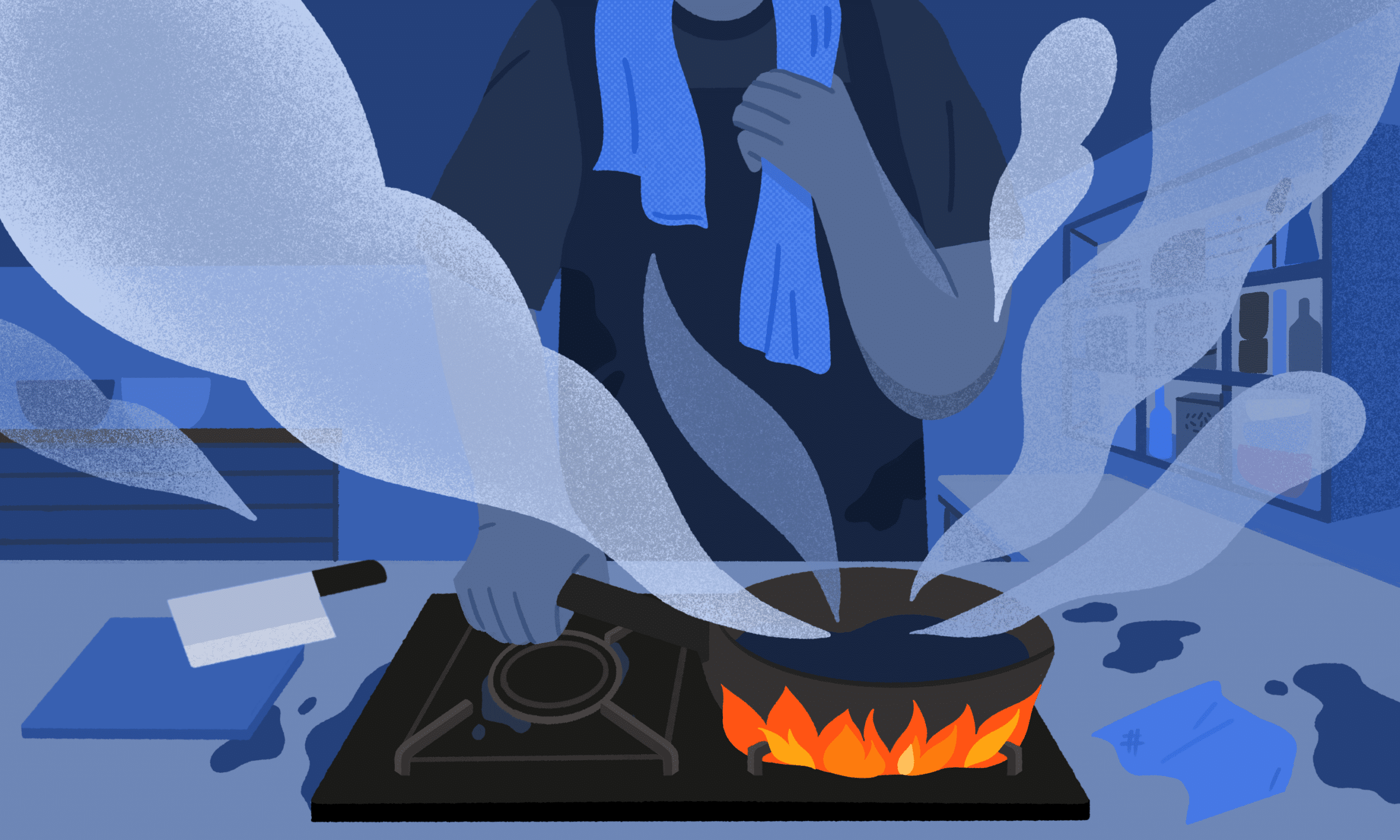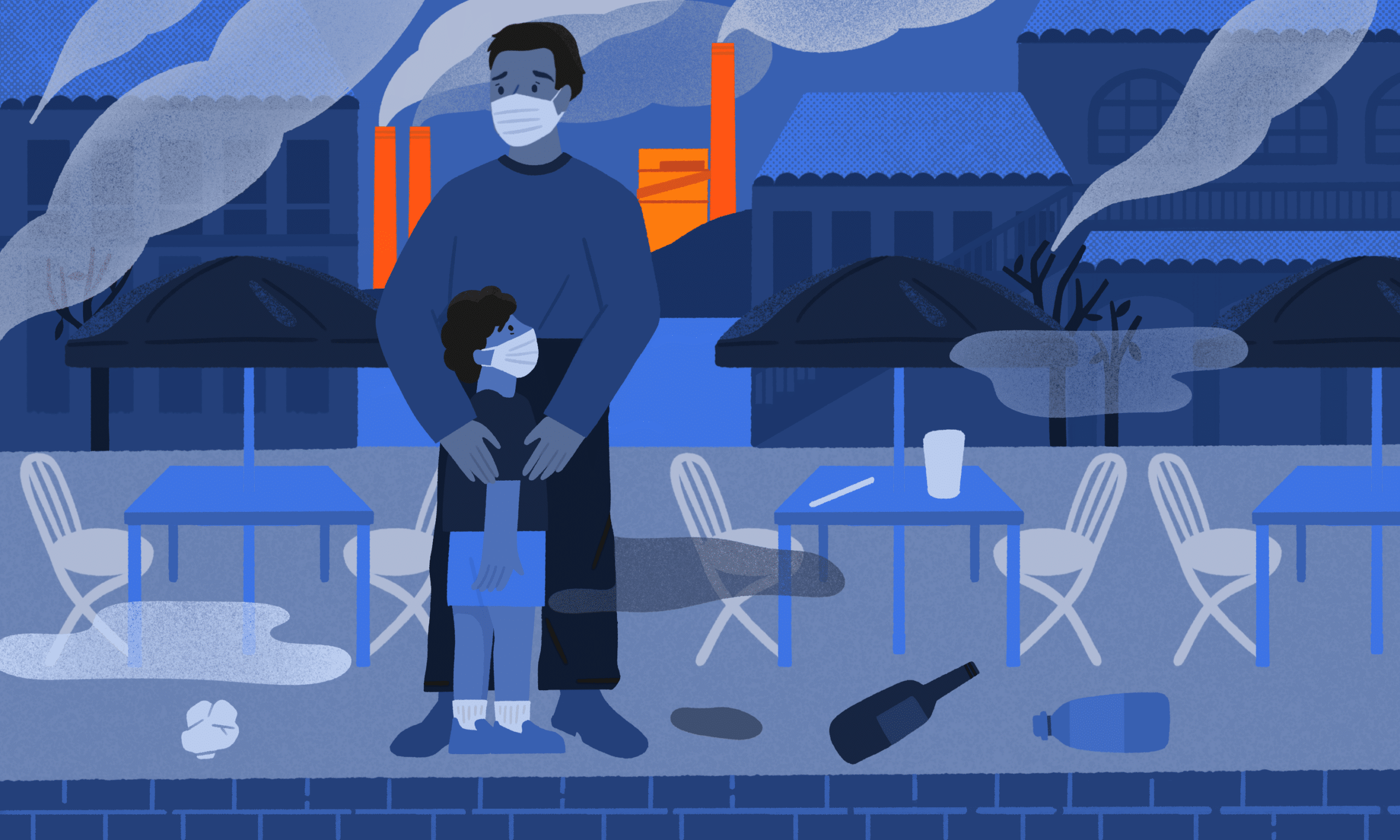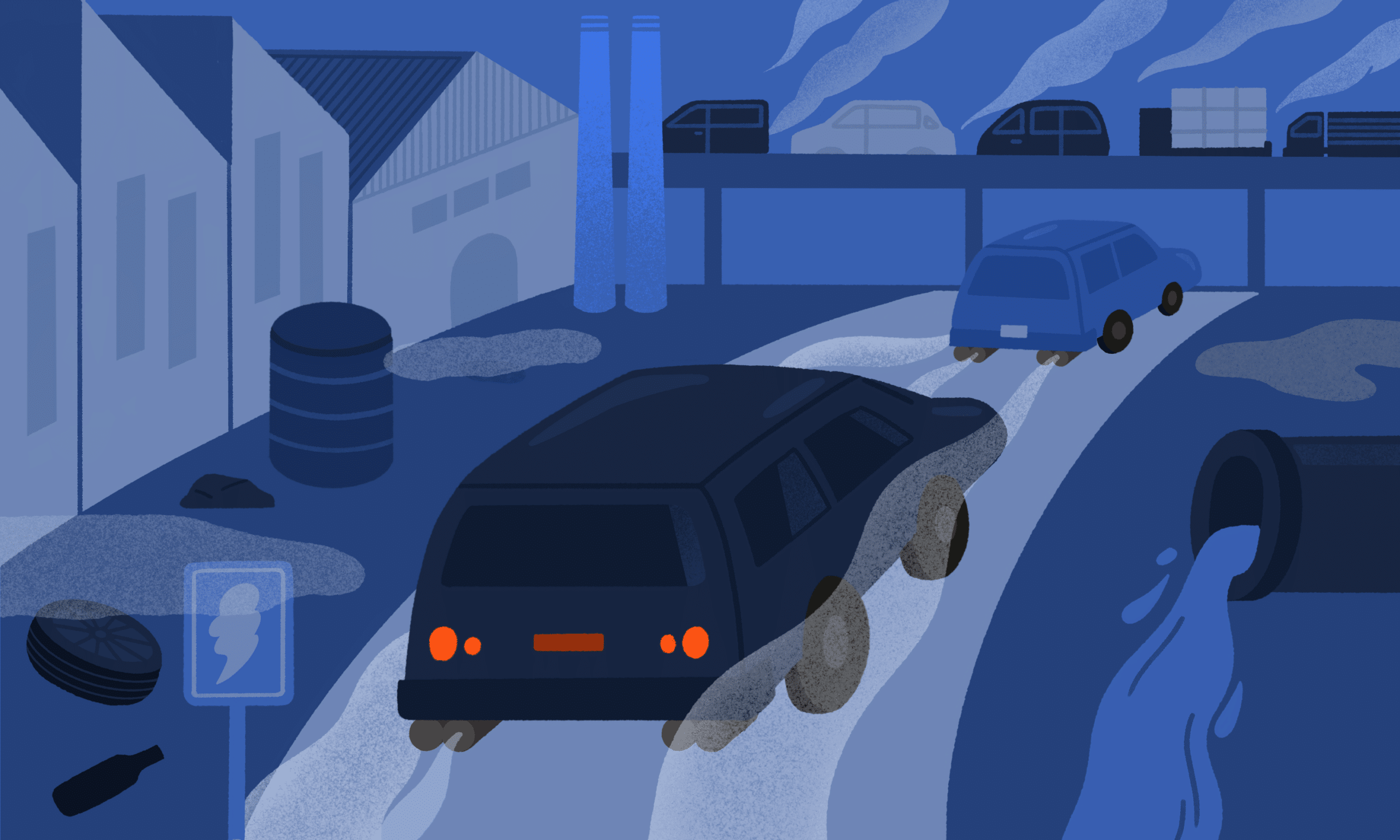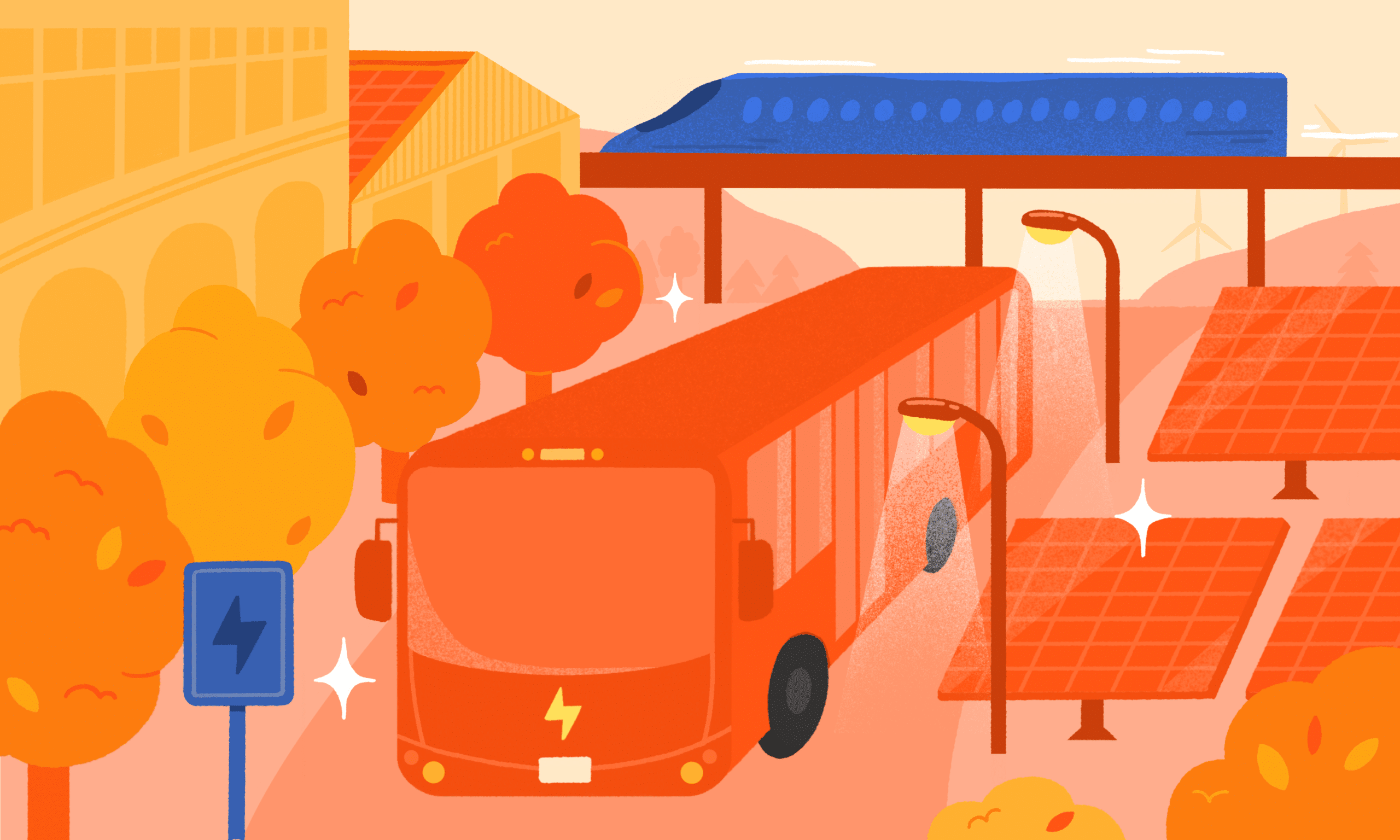There is nothing more comforting than a home cooked meal, except perhaps for a home cooked meal from your grandmother. Unfortunately, our elders are particularly vulnerable to the negative health and environmental impacts of gas that could be coming directly from their kitchens. Don’t Frack with Our Grannies is digital campaign about strengthening the cultural connections to food to better convey the benefits of shifting away from gas in Black, Indigenous, Asian, and Pacific Islander communities and other communities of color. Given the devastation that the fossil fuel industry has wrought on AAPI and BIPOC communities it’s past time that we #BreakUpWithGas.
We spend the majority of our time inside the comforts of our homes – 90% in fact. Exposing ourselves, families, and elders to dangerous pollutants that have been shown to cause stroke, heart disease, chronic obstructive pulmonary disease (COPD, and lung cancer. What’s the culprit in our homes causing such havoc on our health? Our gas stoves.

90% of all homes have unhealthy levels of pollution after cooking with gas for just one hour.

60 minutes of cooking on a gas stove produces such high concentrations of pollutants that if found outdoors would be illegal.

40 million homes in the United States are estimated to have gas-burning stoves, researchers estimate their nationwide methane emissions each year have the same impact potential as about 500,000 cars.
Gas stoves emit a high range of dangerous air pollutants inside homes, including carbon monoxide, nitrogen dioxide, particulate matter, and formaldehyde. Our air quality indoors is often more polluted than outdoor air when we use gas appliances.


Switching to an electric stove would decrease pollution in the home by more than 50% and since pollution from gas is often vented outside, switching out which also lessen the impact of gas appliances on outdoor air quality.
Gas stoves emit a high range of dangerous air pollutants inside homes, including carbon monoxide, nitrogen dioxide, particulate matter, and formaldehyde. Our air quality indoors is often more polluted than outdoor air when we use gas appliances.
Switching to an electric stove would decrease pollution in the home by more than 50% and since pollution from gas is often vented outside, switching out which also lessen the impact of gas appliances on outdoor air quality.
More than 135 million people living in the U.S live where the air outside their homes is polluted. Why should you be concerned about polluted air in your neighborhood? Air pollution is tied to a variety of health impacts that can lead to long term illnesses as well as shorter lifespans. Extreme weather changes aren’t helping the air get any cleaner either (think smoke from wildfires or the formation of smog from warm, sunny days).

People of color are 61% more likely to live in a county with unhealthy air than white people

More than 6.1 million people live within three miles of an oil and gas refinery

A higher proportion of Pacific Islanders in the US live in counties with pollution exceeding the federal air quality standards.
Oil and gas plants are one of the number one causes of outdoor air pollution, plaguing neighborhoods and communities with dirty air – making it a risk to go outdoors.


Switching to clean, renewable energy sources like solar and wind would drastically cut air pollution in communities, especially those living near power plants. It’s time to get back to enjoying the outdoors without the risk of exposing our families to dangerous toxins.
Oil and gas plants are one of the number one causes of outdoor air pollution, plaguing neighborhoods and communities with dirty air – making it a risk to go outdoors.
Switching to clean, renewable energy sources like solar and wind would drastically cut air pollution in communities, especially those living near power plants. It’s time to get back to enjoying the outdoors without the risk of exposing our families to dangerous toxins.
Oil and gas plants are one of the number one causes of outdoor air pollution, plaguing neighborhoods and communities with dirty air – making it a risk to go outdoors.


Switching to clean, renewable energy sources like solar and wind would drastically cut air pollution in communities, especially those living near power plants. It’s time to get back to enjoying the outdoors without the risk of exposing our families to dangerous toxins.
The construction of major U.S. urban areas have been shaped largely through discriminatory processes to create “ethnic enclaves” such as redlining policies and housing discrimination. The ramifications of these policies and discriminatory practices has resulted in areas that put predominately communities of people of color and/or low income communities at a much higher risk of exposure to traffic pollution. Rental properties are twice as likely to be located near larger highways, railroads, or airports than owner-occupied properties – creating greater traffic volume and density that results in higher levels of traffic-related air pollutants.

A typical trip on public transit emits 55% fewer greenhouse gas emissions than driving or ride-hailing alone.

An electric bus emits 62% fewer emissions than an average diesel bus.

Public transportation vehicles emitted 10% less CO2 per passenger mile in 2018 than in 2008.
Traffic pollution is no joke. Living near large highways, railroads, or even airports exposes you and your family to high levels of traffic-related air pollutants that can cause a myriad of health concerns including higher rates of asthma, lung and pulmonary diseases, as well as shorter lifespans.


Demanding local and federal governments prioritize safe affordable modes of transportation like electric buses, trains, and cars would lower traffic-related air pollution significantly.
Traffic pollution is no joke. Living near large highways, railroads, or even airports exposes you and your family to high levels of traffic-related air pollutants that can cause a myriad of health concerns including higher rates of asthma, lung and pulmonary diseases, as well as shorter lifespans.
Demanding local and federal governments prioritize safe affordable modes of transportation like electric buses, trains, and cars would lower traffic-related air pollution significantly.
(function(n,e,w,m,o,d){m=n.createElement(e);m.async=1;m.src=w;
o=n.getElementsByTagName(e)[0];o.parentNode.insertBefore(m,o);
})(document,’script’,’//engage.newmode.net/embed/45401/48214.js’);



This is a project of Brighter Today.
Learn more about Brighter Today here
Brighter Today is a registered 501(c)(3)